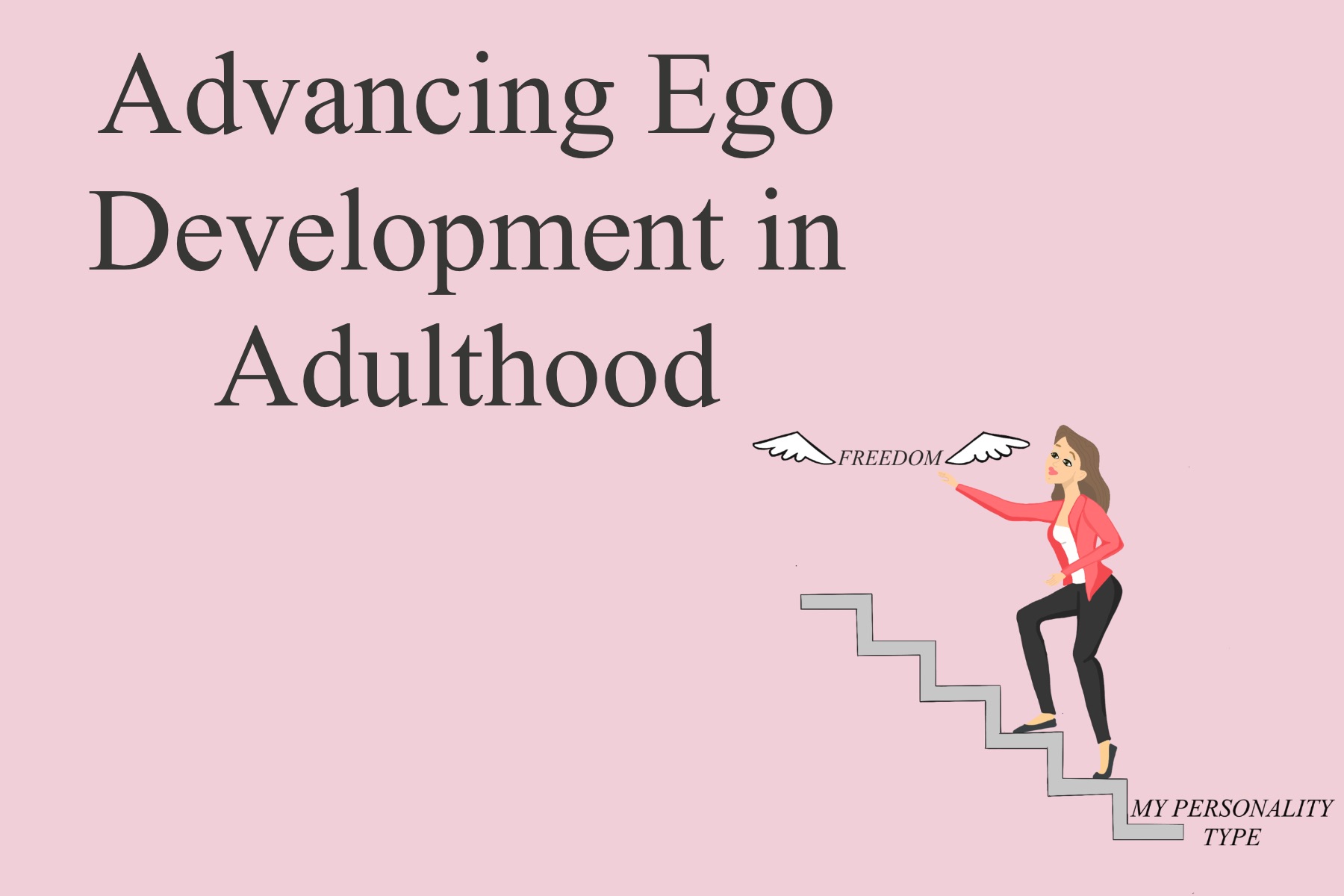
Balancing & Developing Enneagram Types for Well-being
There are nine enneagram types, each providing insight into a particular person's strengths and weaknesses. This could be regarding their preferred work style or interpersonal relationships with others. By understanding which type you strongly identify with, you can work out which traits of other classes you need to follow to develop and find an inner balance.
Each personality type will be defined by a particular characteristic and often comes with a description. For example, Type 1 personality types are known as The Reformer. They will hold solid ideals, believing that the world around them can be better, and work hard to achieve that. If they don't see progress, they can be hard on themselves and those around them.

Understanding their strengths and knowing which traits from other personality types can complement their weaknesses allows a Type 1 to get more in touch with their true self. In his case, a Type 7 Enthusiast, who is adventurous, curious, and playful, can quieten a Type 1's inner critic and begin to bring out the best in themselves and those around them.
Complementary Pairings
For some enneagram types, such as Types 2 (The Helper) and Types 4 (The Individualist), balance can be achieved by following the traits of the other to complement their existing positive characteristics. Type 2 personalities will naturally go out of their way to help others rather than focus on their own needs, often at the detriment of themselves. A Type 4 will feel things intently, experience deep emotions, and have a natural craving to be noticed and carry significance.
Not every pair of personality types complement each other. As already noted, a Type 1 can find balance by employing elements of Type 7. However, for a Type 7 Enthusiast, who has a sense of adventure and loves new experiences, balance is best achieved by adopting more of the traits of a Type 5 Investigator. Enthusiasts can find a better balance by finding a better sense of objectivity. This can be achieved by reining their natural inclination to be extroverted and becoming more sensitive to those around them.

Which other pairings complement each other best?
Type 3 Achievers display tremendous natural energy levels and like to be seen by what they achieve. Balancing with the loyalty and dependability of a Type 6 Loyalist will see them becoming more confident and showing their vulnerable side. A Loyalist, in turn, who fears having no support and guidance can benefit from the understanding of others and calmness displayed by a Type 9 Peacemaker.
A Type 5 Investigator, meanwhile, often struggles when they feel they have no identity or significance. Balance can be achieved using the confidence and fearlessness naturally displayed by a Type 8 Challenger. A Challenger struggles when they feel others control them, conflicting with their desire to lead. This is where the natural empathetic and self-caring side of Type 2 Helpers can help them become more approachable to others.
Finally, a Type 9 Peacemaker, who struggles with the fear of loss or separation that can occur because of conflict, balance well with the caring, self-confident traits of a Type 2 Helper. This allows them to express their needs better and no longer feel overwhelmed by conflict.